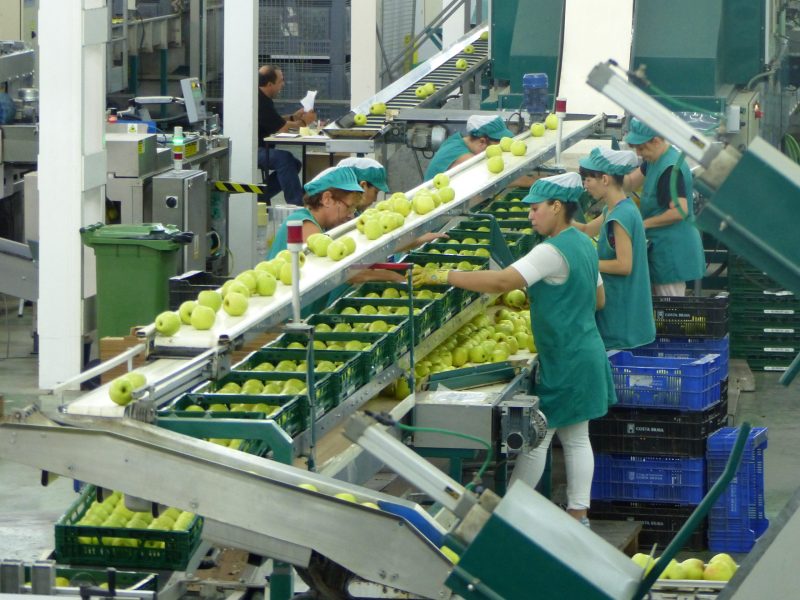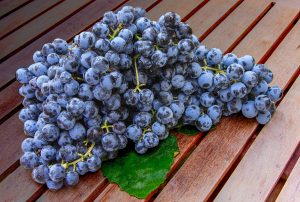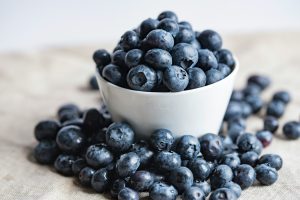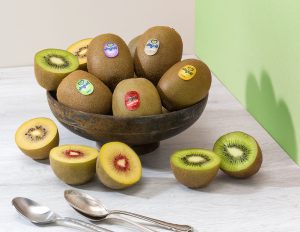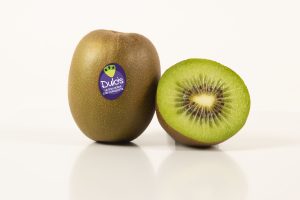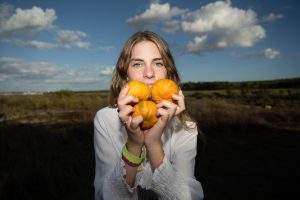Fruit Today magazine talked to Alex Creixell, Manager of Giropoma-Costa Brava, about the recent actions that are being carried out to extend the installations.
Your investment activity is non-stop and the amount involved is not small.
We must continue moving forward and, to do this, we are already concentrating on the urban plan that will allow us to extend the space adjacent to the present warehouse to take on the next project: 30 new chilling chambers that will store around 10 million kilos of fruit.
What timescale are we talking about?
Our intention is to start the building work in 2026 and for it to be finished in time for the first harvest of the same year.
After a year, what is the balance regarding the completely robotic production line?
Unbeatable and, above all, it has allowed us to deal better with the labour problems.
How have the first moments of the harvest been? How are the Galas?
We started off very worried because we had weeks with a great deal of hot weather, and if the Galas do not have a thermal contrast between the day and the night, it is difficult for them to change colour. But, in the end, it has turned out to be a normal production, although slightly lower than last year’s. At the moment (mid-September) we are already working with Golden and Red Delicious.
What variety or reference changes can be seen at Giropoma?
Our policy is aimed at maintaining the varieties of the PGI Poma de Girona, and these are Golden, Gala, Red Delicious, and Granny Smith. Outside these, we are very strongly committed to three club varieties: Pink Lady, of which we expect to harvest 7 million kilos, Joya, and Candine. We will reach one million kilos with the latter variety and we have high expectations of it owing to its qualities: it is good to eat, crunchy and, in general, it is very popular.
What will the calibres be like this year?
I would say they will be just about okay. We had very good flowering, but the thinning didn’t work well, and a great deal of fruit remained on the trees. We carried out a hand thinning, which is always done later because the calibre has to be observed in order to see which ones will be removed and which ones won’t. I think that the calibre that we have achieved has more to do with the excess fruit on the trees.
This year there is an increase in the harvest in Girona, and a generalised drop in Europe. Do you think that this could have any consequences?
I don’t think it will have a particular influence; all things considered, we know that half or slightly more of the apples eaten in Spain are imported.
What are the challenges being faced by Girona apples?
Personally, I think that it is climate change, and it is a fact that this is not in our hands. We have done everything we can to allay its consequences. Amongst these, is maintaining productions where drip irrigation reaches 90% of the crop and we have humidity control systems in the soil. But we are really worried about water and our lack of reserves. Another important factor is the lack of cold weather in the months when it is necessary. Apples need it for a correct development. The winters have been too warm.
Have there been any recent weather episodes that have bothered you?
In general, it has been a calm year. We had a small incident involving hailstones in one area, but it only affected around 10 hectares and had no importance in terms of the volume.
Apple consumption continues to drop and it is a concerning fact for the sector. What should we do when faced with this problem?
I think that one of the solutions is that the apples that go to the market must be good, with the right degree of ripeness and correct sugar level and this, unfortunately, is not always the case.













